The 1.6-liter mill in the Miata can only be taken so far before a major cash injection is needed to make the next step. So with the chassis sporting a roll bar, some dents and bangs, and reaching the ceiling of the stock drivetrain’s potential, a turning point was reached. What to do? Be content? Build a four-cylinder monster? Or find out what was behind door three? When I asked Brad what his thoughts were at this moment, his response was direct and succinct. “The idea behind the car was to build, in my mind, the ultimate Miata. Not only would it be something that I could drive every day and take to the track but also something to run down the drag strip and still take to the local show. I wanted to bring hot rod attention to detail and uniqueness that I grew up with and apply it to an import.”
Chop, Cut, and then What?
Now, I won’t say that the import community is lacking when it comes to custom fabrication, quite the opposite, there’s an incredible amount of attention to detail and one-off fabrication that goes into a lot of builds. However, I would be pretty wrong to say that most Japanese-centric shops have a frame table on hand, and are chopping the front ends off street cars.
Brad’s build, on the other hand, began in true hot-rod fashion. The car was fixed to a frame table, and the spot-weld drill bit came out to disassemble the front sheet metal, firewall, and transmission tunnel. Before everything was removed, the stock suspension pickup points were jigged so that they could be accurately replicated down the road. With the sheet metal from the front of the car now forever in the garbage it was time to start over. Now what’s one to do when they’re all in, and staring at a garage with half a car welded to a steel table? Well, besides a blank stare at the daunting task at hand, I’m honestly not sure. Brad was. He got to work.
After figuring out where the engine’s forever home would be in relation to the rest of the Miata’s carcass, Brad set to work shaping some 3×4 steel frame rails and sectioning it into the existing Miata’s structure. The next job on the to-do list was to crack out the tube bender and link it all together. Using the jigs he made up when he first welded the car to the frame table, Brad now set to building a subframe to support the engine, mount the suspension to, and link the frame rails together.
With the engine in and mounted to the subframe, the suspension hung, and the new strut towers bent up and welded in, it was time to focus on safety.
Brad had already built a six-point roll bar for the car, but when he cut the front end off he recognized that extending that roll bar through the firewall and turning it into a full cage that linked up to the new frame would vastly improve the rigidity of the chassis. So that’s what he did, building a cage that connected a halo down through the a-pillars right on through to the front suspension pickup points, effectively giving the roadster a roof structure and connecting the whole thing together in one rock-solid package.
The front section of the chassis finished, some 12 gauge frame rails were bent up and fabbed to tie the rear subframe housing the new Ford Cobra 8.8 rear end into the chassis to help transmit the added torque to the ground, rather than turning the whole thing into a pretzel. The custom rear diffuser was added later, but gives you a good sense that Brad was committed to giving his Miata a proper reimagining from nose to tail.
We Have Touch Down
With the fab on the chassis largely complete, it was time to cut the car off the frame table, stick it on the ground and focus on the details. It’s this part of the process that really sets this little roadster apart from the rest. The attention to detail on this build is absolutely staggering. So much so, that I can guarantee I won’t cover it all in this article no matter how long I drag on for.
Once the car hit the ground it was time to start adding sheet metal to the jungle gym in the engine bay, linking it all together to make it visually appealing while also integrating details like the intake ducting into the cover for the radiator.
Not only where these two made into one flowing piece, the fan shroud was also welded in to create a seamless, simple look.
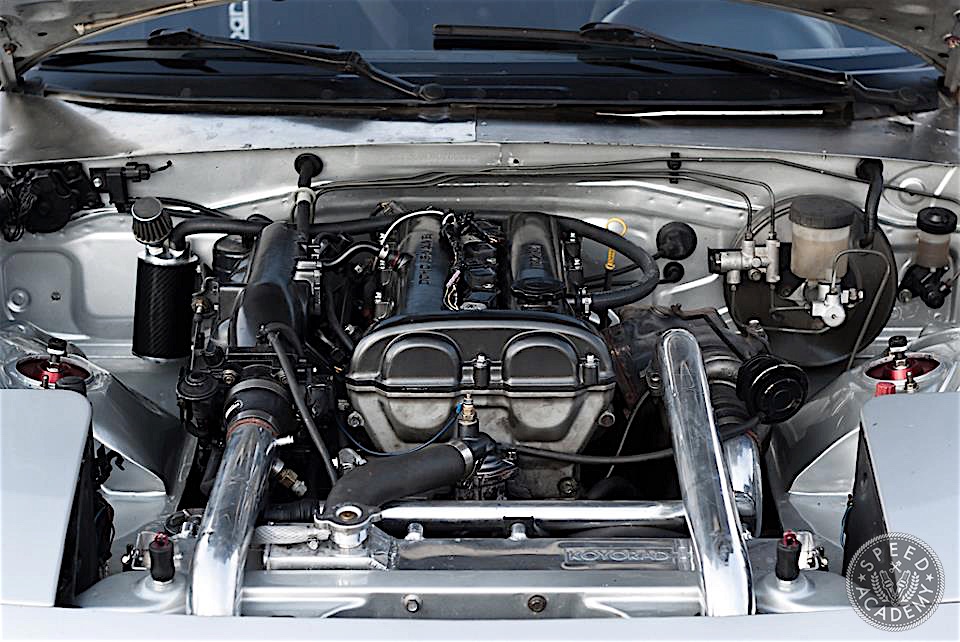


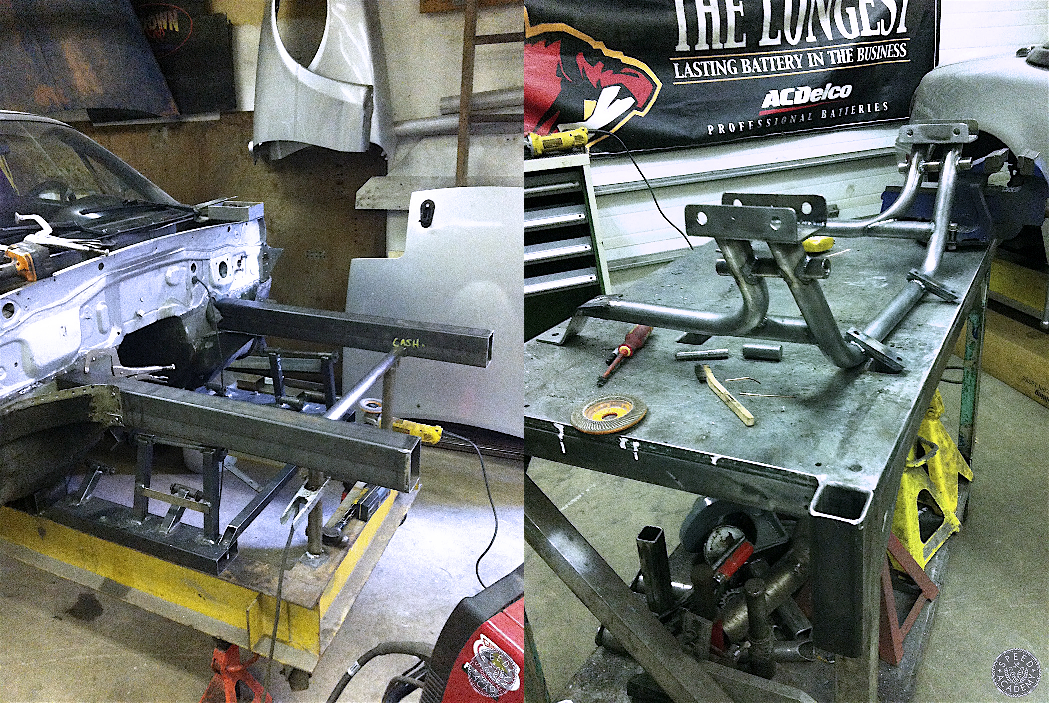
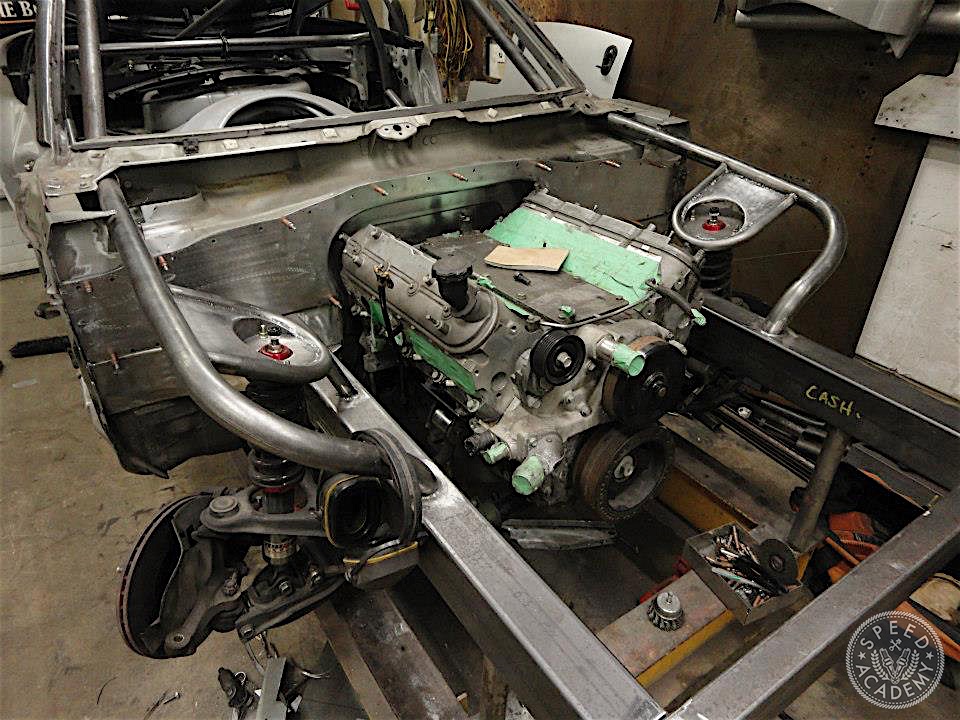
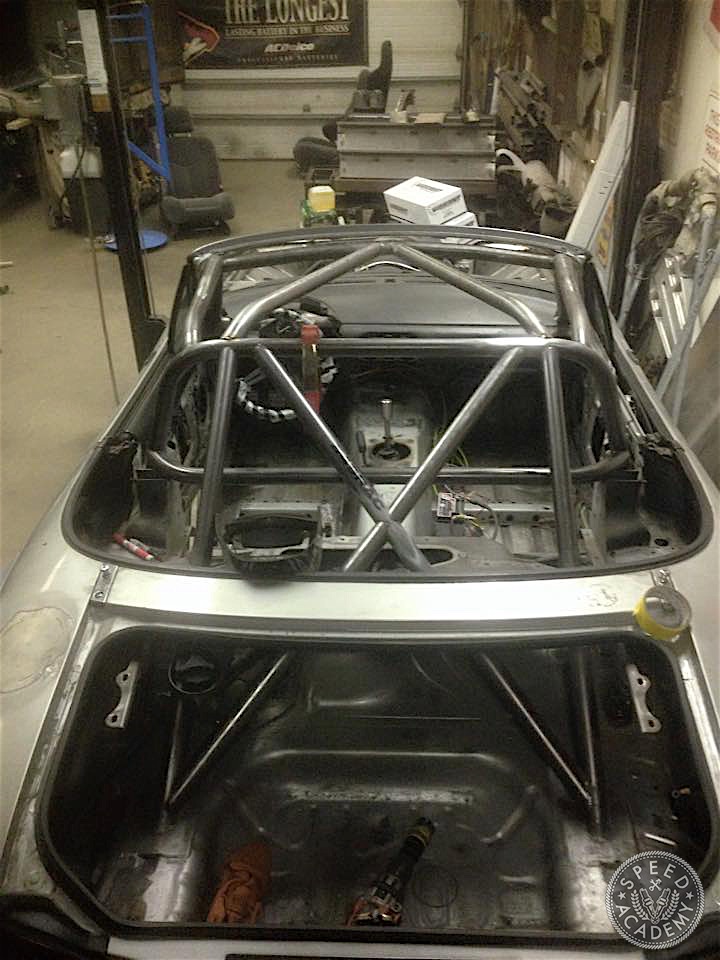
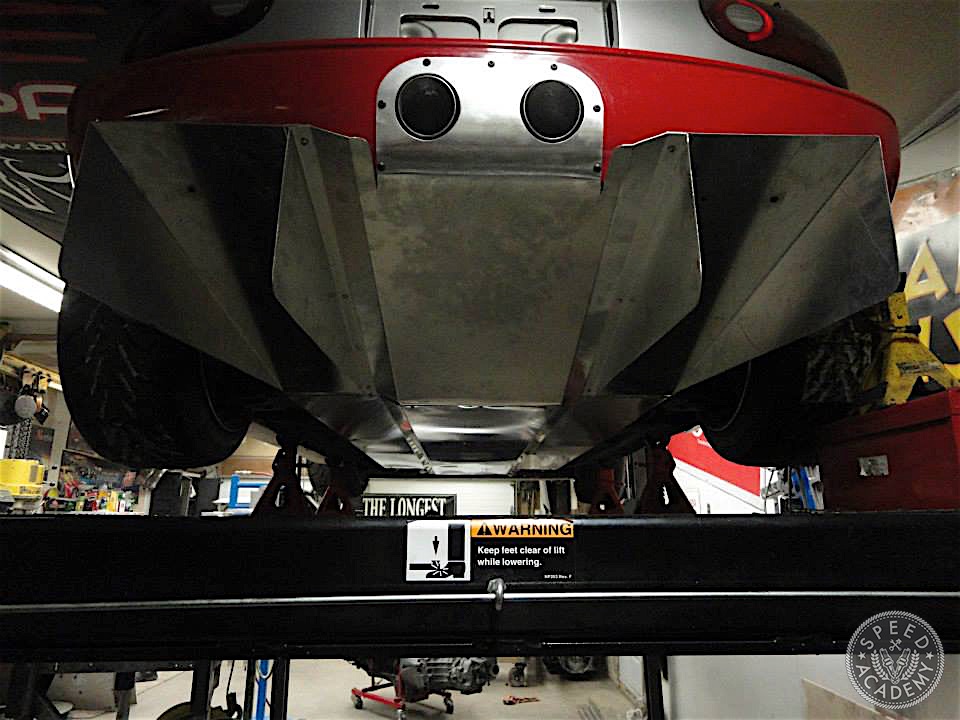
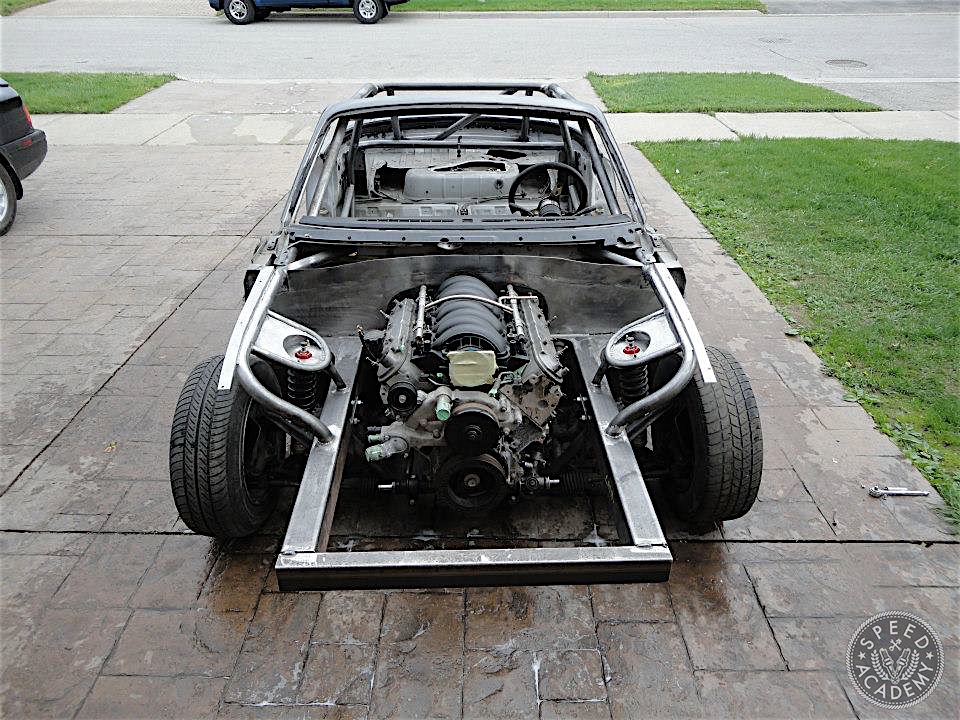
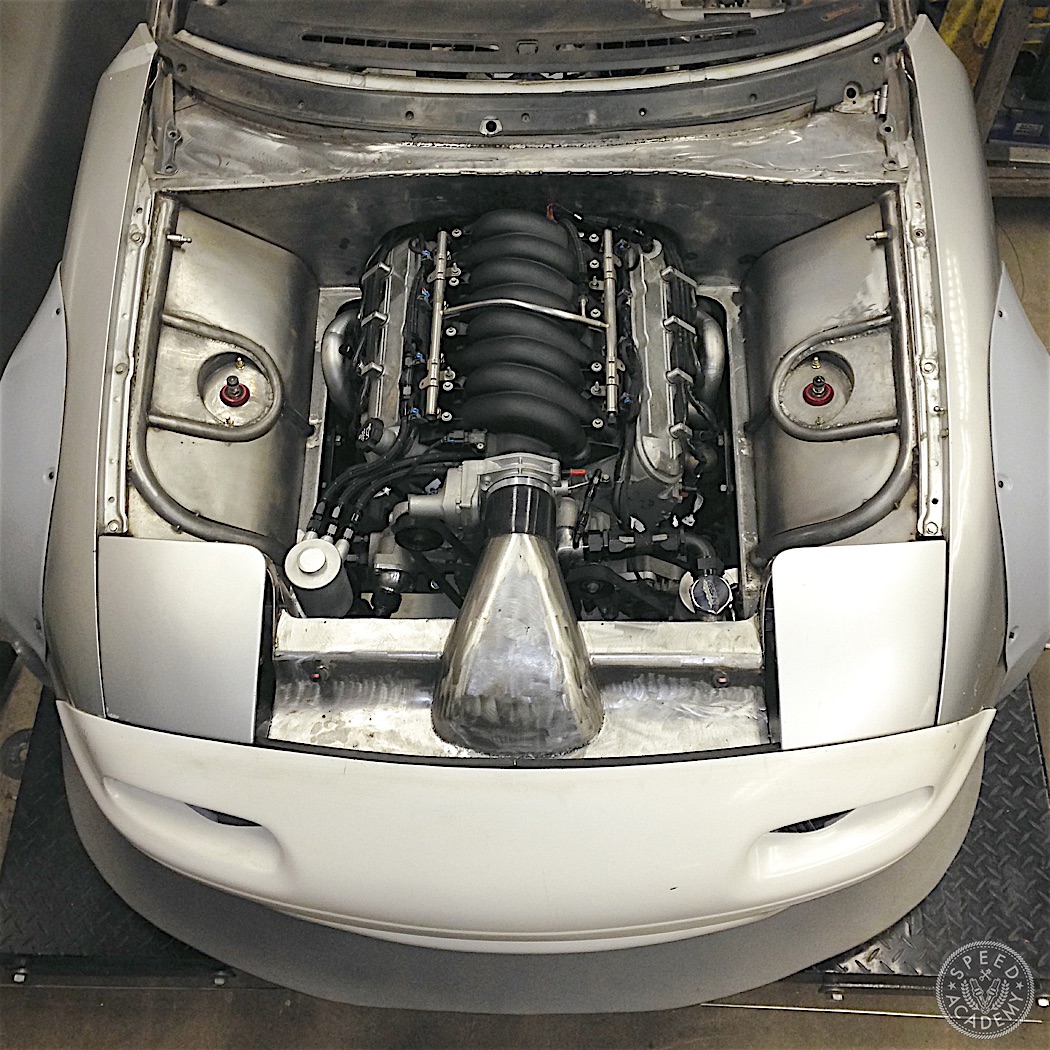
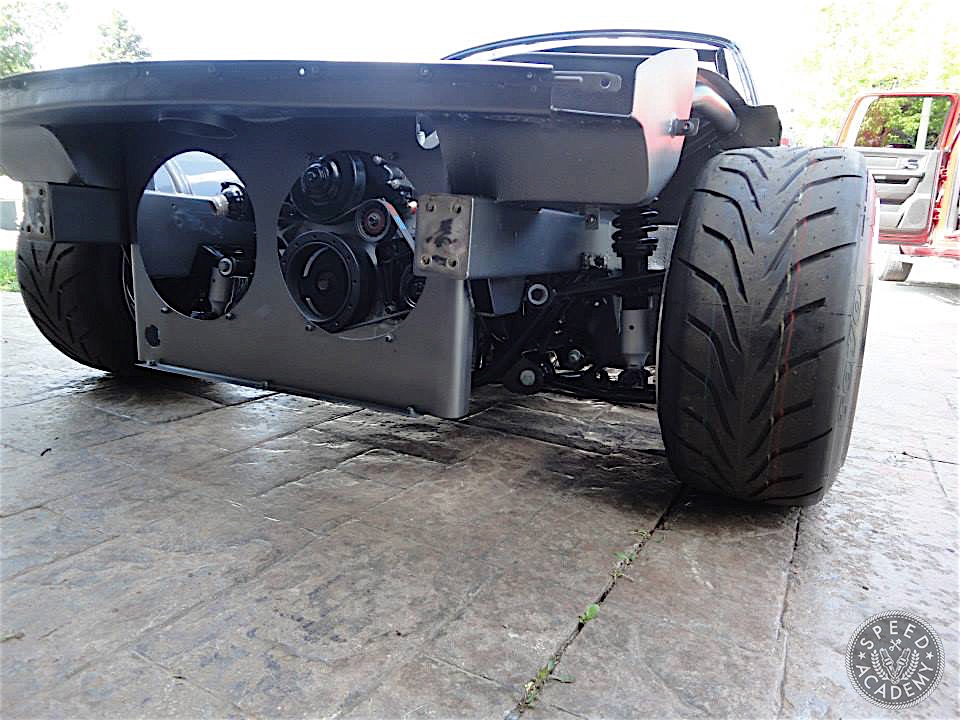
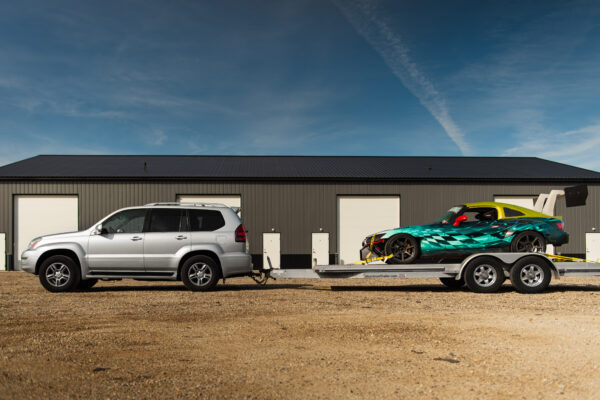
absolute fan of it